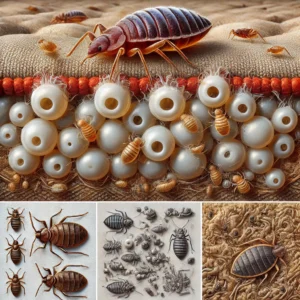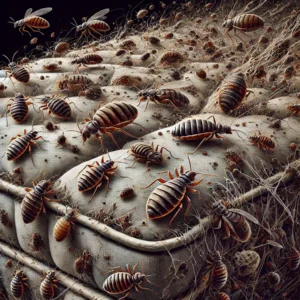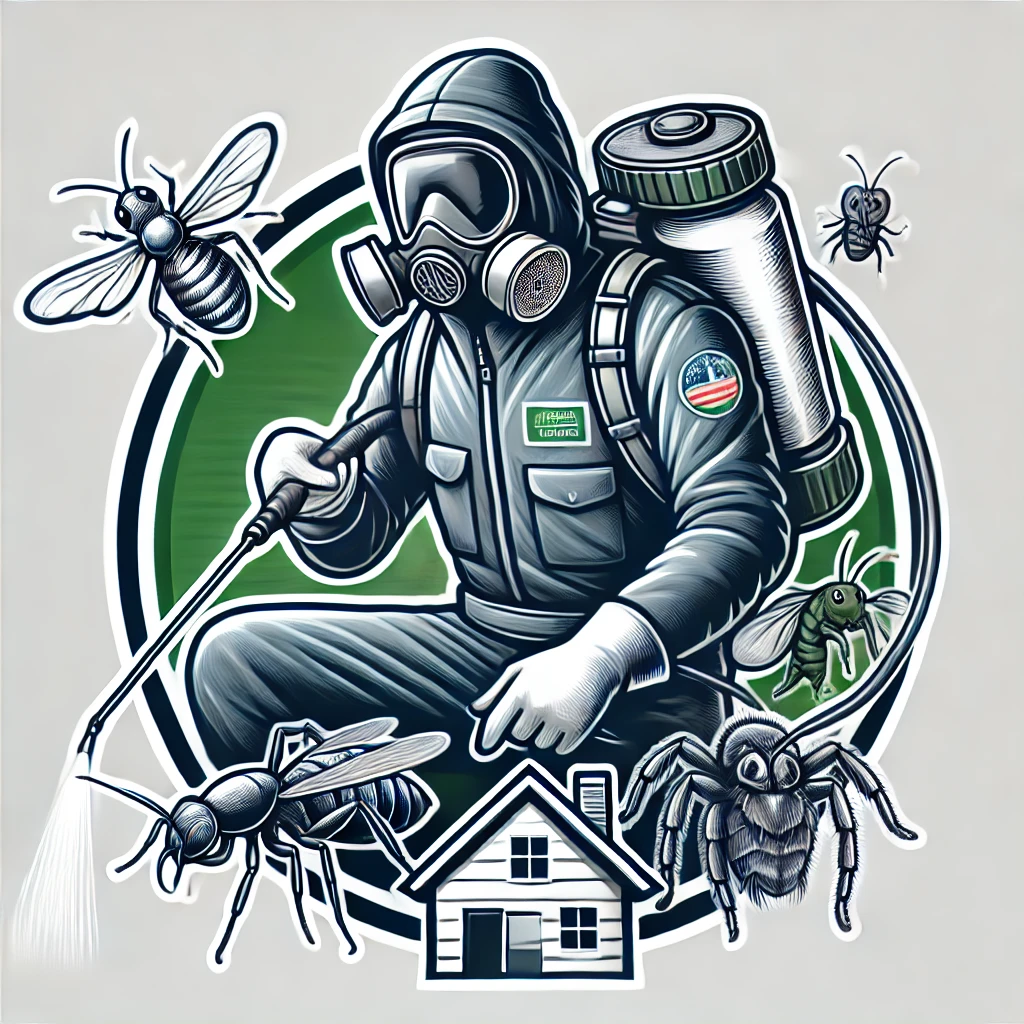How Fast Do Bed Bugs Multiply? Understanding Their Rapid Reproduction Cycle

Bed bugs are one of the fastest-multiplying household pests, which is why infestations can quickly spiral out of control. A single female bed bug can lay hundreds of eggs, and with the right conditions, an entire infestation can develop in just a few weeks. In this article, we’ll break down how quickly bed bugs multiply, the factors that affect their reproduction, and how you can stop an infestation before it takes over.
The Bed Bug Reproduction Cycle: How Fast Do They Multiply?
Egg-Laying Rate of a Female Bed Bug
A single female bed bug can lay 5–7 eggs per day, adding up to about 200–500 eggs in her lifetime. This means that in just one month, a single bed bug could be responsible for over 150 new eggs, each of which will hatch and start the cycle again.
Hatching Time: When Do Bed Bug Eggs Become Nymphs?
Bed bug eggs typically hatch within 6 to 10 days, depending on temperature and environmental conditions. Once hatched, the baby bed bugs (nymphs) begin feeding immediately and go through five molting stages before reaching adulthood.
Maturation: How Long Before They Start Reproducing?
- Bed bug nymphs reach adulthood in 21 to 40 days under ideal conditions (warm temperatures, regular feeding).
- Once fully grown, they can start laying eggs within a week after their first blood meal.
- This means a single fertilized female can lead to thousands of bed bugs in just a few months.
How Quickly Can a Small Infestation Become a Large One?
If left untreated, a small bed bug problem can turn into a major infestation in as little as 2-3 months. Here’s a breakdown of how this happens:
- Week 1: One fertilized female enters your home (hitchhiking on luggage, furniture, or clothing).
- Week 2: She lays 5–7 eggs per day, leading to 30–50 new eggs by the end of the week.
- Week 4: The first batch of eggs hatch, and new nymphs start feeding.
- Week 6-8: The first generation reaches adulthood and starts reproducing.
- Month 3: You now have hundreds of active bed bugs, with multiple females laying eggs.
- Month 4-5: The infestation has grown to thousands of bed bugs, spreading across multiple rooms.

Without intervention, a single bed bug can start an infestation of over 10,000 bed bugs within six months!
Factors That Speed Up or Slow Down Bed Bug Reproduction
Several factors can affect how quickly bed bugs multiply:
1. Temperature & Climate 🌡️
- Warm temperatures (70–90°F) help bed bugs grow and reproduce faster.
- Cold temperatures (below 50°F) slow down their metabolism and reproduction rate.
- Extreme heat (above 120°F) kills bed bugs and their eggs instantly.
2. Availability of Food (Human Blood) 🩸
- If bed bugs have a steady food source (like a person sleeping in an infested bed every night), they reproduce at their maximum speed.
- If they struggle to find a host, their reproduction slows down.
3. Population Density & Hiding Spaces 🏠
- When an infestation is small, bed bugs reproduce freely.
- In larger infestations, overcrowding can reduce their reproduction rate due to stress and lack of space.
4. Resistance to Pesticides 🚫
- Over time, bed bugs have developed resistance to certain pesticides, making it harder to control them with chemical sprays alone.
- This allows surviving bed bugs to continue multiplying despite DIY treatments.
How to Stop Bed Bugs from Spreading
Because bed bugs multiply so quickly, early detection and treatment are key to preventing a full-blown infestation. Here’s what you can do:
1. Catch the Infestation Early
- Look for small dark spots on bedding, bed bug skins, or tiny white eggs.
- Check seams of mattresses, behind furniture, and in cracks and crevices.
2. Wash and Heat-Treat Infested Items
- Wash bedding, clothing, and soft items in hot water (130°F+).
- Dry on high heat for at least 30 minutes to kill eggs and bed bugs.
3. Use a Steam Cleaner
- Steam cleaning at 200°F+ kills bed bugs hiding in cracks, carpets, and furniture.
4. Apply Diatomaceous Earth
- This natural powder dehydrates and kills bed bugs over time.
- Sprinkle it in bed frames, cracks, and along baseboards for long-term prevention.
5. Use Mattress & Box Spring Encasements
- Bed bug-proof encasements trap bed bugs inside, preventing them from feeding and multiplying.
6. Hire a Professional Pest Control Service
- Heat treatments are the fastest and most effective way to kill bed bugs in all life stages.
- Professional exterminators use specialized treatments to eliminate infestations completely.
Final Thoughts
Bed bugs multiply alarmingly fast, with a single female producing hundreds of eggs in just a few months. If you don’t act quickly, a small infestation can turn into thousands of bed bugs within 3-6 months.
The key to stopping bed bugs is early detection, heat treatments, and professional extermination when needed. By taking action before they spread, you can eliminate them before they take over your home.
🚀 Don’t wait—if you suspect bed bugs, take action today!

Leave a Reply
You must be logged in to post a comment.